Some car enthusiasts find joy in keeping cars that have aged quite a bit, rather than brand-new ones. To be sure, there are overlapping distinctions when it comes to older automobiles i.e. antique cars include the earliest examples of the horseless carriage until the 1930s (with vintage cars dating back as far as 1919).
And, classic cars are defined as those that came out between 1915 and 1948; and that’s not including the old-school machines of the 60s, 70s, and 80s.
The point is that they’re all built differently from the modern contraptions we currently have at our disposal and considering that, are there special considerations to take note of when looking after these veteran vehicles? Let this Philkotse.com article help you out.
1. Perform regular maintenance
Regular maintenance for cars of a certain age is a bit different compared to how it is for newer models. Here are some of the things you need to do:
Exterior
Just like any other vehicle, an older car needs regular maintenance to maintain its glory. Wash and wax your vehicle once a month. Use only cotton washing mitts or sheepskin when cleaning the car to preserve the paint job.
Also, remember to use only car wash soap specially formulated for classic cars. After rinsing, dry the car using a soft microfiber towel. Regularly apply wax to once every few months to protect the finish from deteriorating.
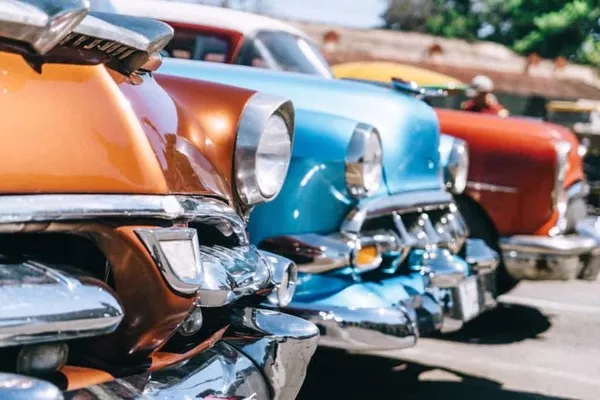
Your antique car needs regular maintenance to maintain its glory
Engine oil
Every time you change the engine oil, use it as an opportunity to also check the rubber components such as the belts, hoses, and seals. If you see signs of swelling, leaks or cracks, have the part in question promptly replaced.
Regular maintenance also includes changing the engine oil. For classic cars that are used fairly regularly, you’ll need to change the oil every 3,000-5,000 kilometers.
However, if the car is rarely used and just sits in the garage most of the time, especially in a tropical country like the Philippines, moisture will eventually build up and reduce the lubricating effect. Changing the oil every six to nine months should suffice.
>>> Read more: Car Engine Oil Analysis: What’s your Engine Oil Telling You?
Belts and hoses
Every time you change the engine oil, use it as an opportunity to also check the rubber components such as the belts, hoses, and seals. If you see signs of swelling, leaks or cracks, have the part in question promptly replaced.
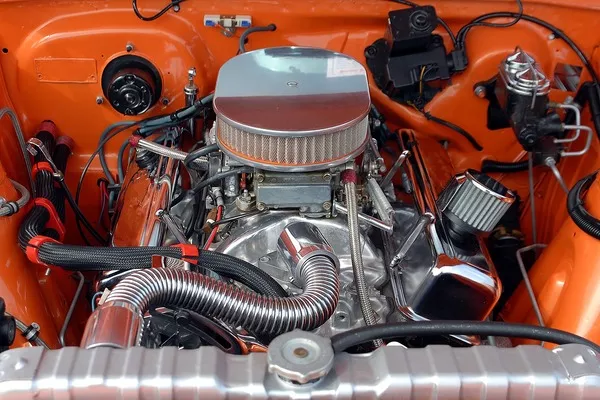
Also, check the belts and hoses of your classic car
Coolant
Like modern vehicles, classic cars have driveline components that need to be lubricated on a regular basis, such as the gearbox and differentials. Have the gear and differential oils checked and replaced every two to three months if possible?
2. Driving a classic vehicle
Car collectors would understandably want to preserve their prized pieces whenever possible, mostly keeping them in storage and rarely used.
However, if you want your classic car to last, you’ll need to drive it every now and then, ideally once every two weeks, if not more frequently. Think of it as an opportunity for the car to stretch its legs.
Especially, since it allows the fuel and lubricants to circulate around the mechanical components to prevent moisture buildup, and also to keep the rubber parts from becoming brittle.
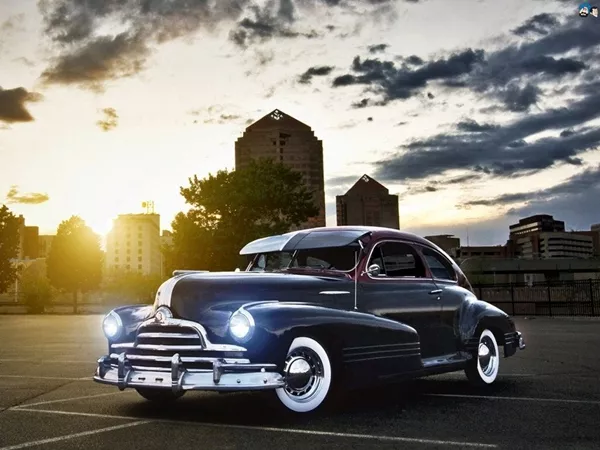
Car collectors would understandably want to preserve their prized pieces
Take note that the usual pre-driving checks still apply, such as the fluid levels, suspension, tires, air, and brakes.
For classic cars, the coolant should be flushed once a year; this will protect the cooling system from corrosion. Usually, a 50/50 mixture of distilled water and coolant works for most vehicles. If you’re unsure about the portions, you can use pre-mixed coolant instead.
>>> Related: What you need to know about old school cars in the Philippines
Lubricate drivelines
Like modern vehicles, classic cars have driveline components that need to be lubricated on a regular basis, such as the gearbox and differentials. Have the gear and differential oils checked and replaced every two to three months if possible?

The best way to ensure your classic car’s road-worthiness is to drive it once in a while
Don’t drive in bad weather
If it can be helped, avoid using your classic car during the rainy season. Decades of pollution have had detrimental effects on our weather, and one of the things to watch out for is acid rain, which can leave indelible marks on the window glass and damage the bodywork.
Modern highways and other roadways have also been treated with chemicals, and these can cause corrosion on the car’s under-chassis during floods, especially if the car's rustproofing hasn’t been updated in a long while.
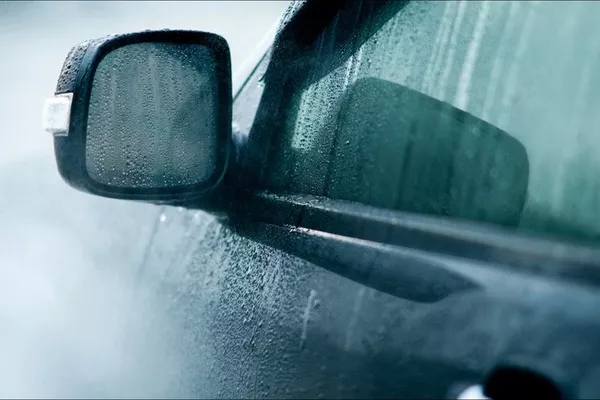
Avoid using your vintage car during the rainy season
Avoid bad roads
Potholes and other hazards might be a little too much for an older car’s suspension system to handle.
There’s also the annoyance of road humps which are not always consistently made to specifications, with some humps rising gently from the road surface while others are too abrupt and too steep, resulting in a jarring motion that can rattle the car’s bolts and produce an uncomfortable sensation.
>>> Also check: 9 tips to take care of your car before the upcoming wet season.
3. How to protect antique cars
Park in a safe and well-lit area
When you drive your car out, always be careful in choosing where to park, taking into consideration an older car’s girth. Try not to park it too close to other cars, to prevent it from sustaining dents and dings.
You can always hope that your car is in pristine enough condition for other people to gaze at it with respect, which consequently means that they’ll be careful around it.
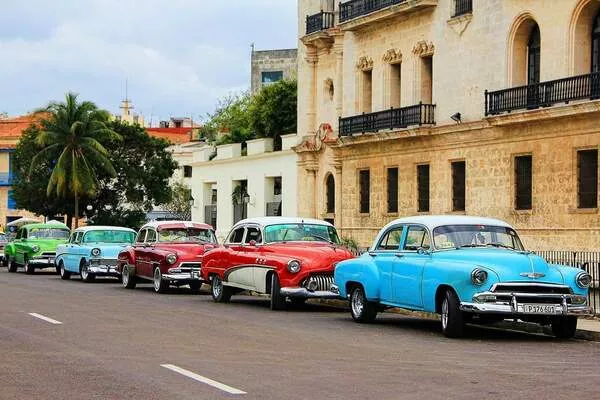
Be careful about choosing a parking area
Store it in a secure and clean garage
Make sure that the garage for your classic car is clean and secured. Clear any object that might fall onto the car and cause damage. Also, make sure that there are no rodents or other pests in the garage that can get into the vehicle to nibble away at wires.
Prior to storing a vintage car, give it a good wash and wax, taking care to clean the car's interior as well. Get rid of any standing water or moisture that might precipitate rust.
For long-term storage, consider changing the engine oil and filling up the tank with fuel. The new oil will prevent rust buildup in the engine caused by dirty oil. Filling up the gas tank of the vehicle also prevents moisture from building up in the tank’s empty space.
>>> Explanation for you: 6 reasons to park your car in a garage.
Install anti-theft devices
Vintage and classic cars can hold up their value very well, especially when properly maintained, which means that they can be targets for theft. Consider beefing up security to keep your ride yours. You can install an electronic security system that will alert you if any breach is detected.
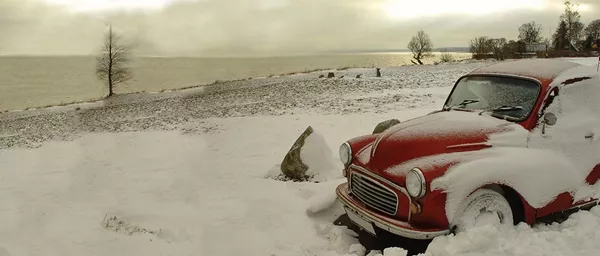
Regular maintenance for cars of a certain age is a bit different compared to how it is for newer models
If you have second thoughts about touching the car’s electrical system, you can also use mechanical devices such as steering wheel clubs, hood locks, and tire locks.
Older cars can be a great investment, especially if they happen to be popular models in their heyday. Their value comes from the fact that they are no longer produced today. That’s why vintage cars need extra protection to help keep them in great shape for more years to come.
Recent posts
- Protect your car with car security systems - What's your answer? Dec 31, 2020
- Basic Car Restoration: Easy to follow steps and guidelines Aug 17, 2022
- Top 7 reasons to keep an old car Oct 22, 2018
- Your old beloved car - To sell or not to sell? Jul 31, 2018
- How to protect your car paint in the summer Oct 19, 2017












